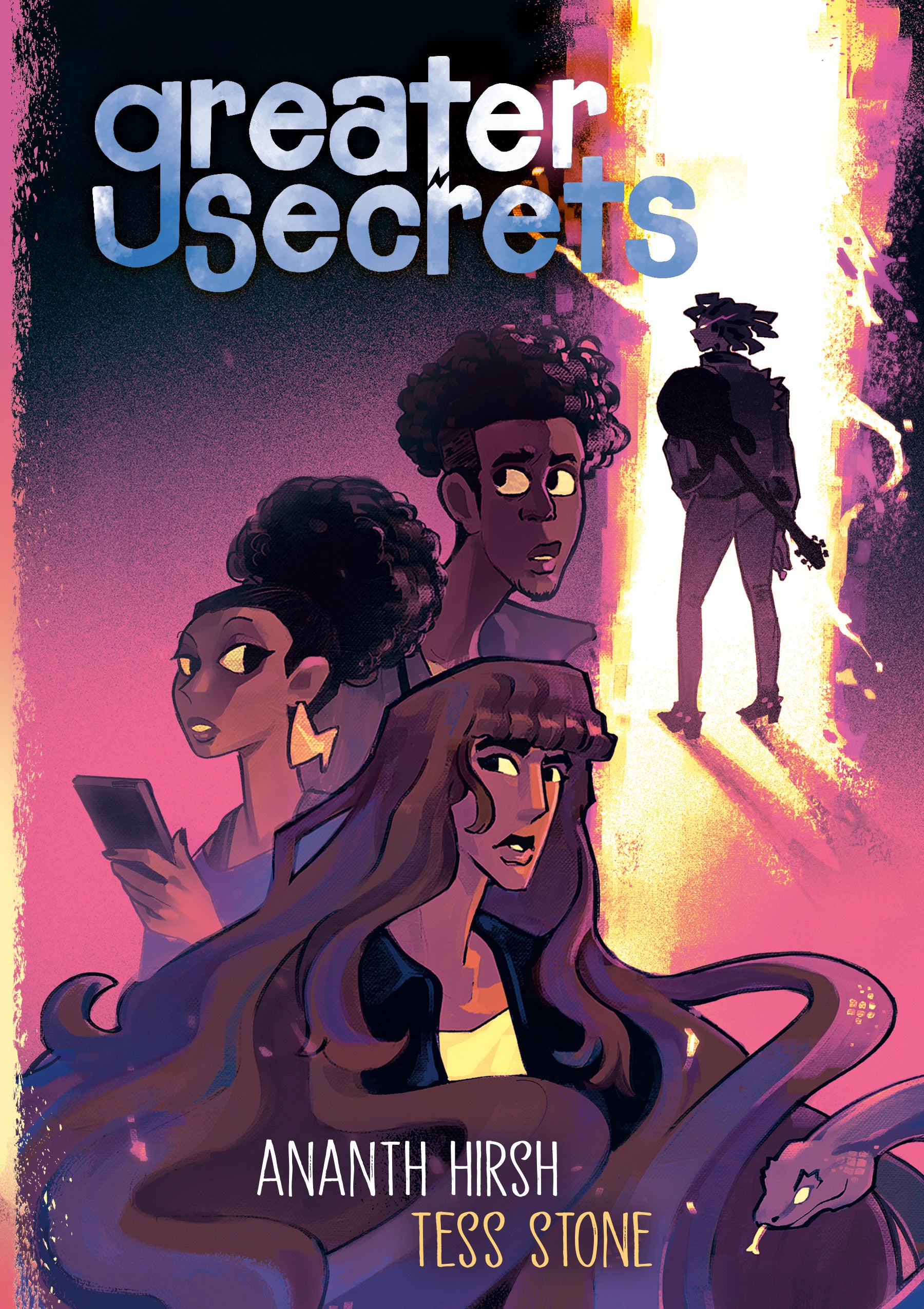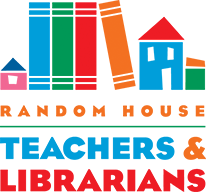Fresh Voices: Q&A with Ananth Hirsh and Tess Stone, creators of GREATER SECRETS

In a family gifted with the ability to see a mysterious light in the distance, one teen embarks on a fantastical journey to find her missing sister, and finally answer the question: is this ancestral gift a blessing or a curse? This surreal graphic novel is perfect for fans of Leigh Bardugo and Mariko Tamaki.
1) What inspired you to write/illustrate Greater Secrets?
Ananth Hirsh (AH): I wanted to write a story about a supernatural road trip! I was partly inspired by the South African photographer Elsa Bleda.
Tess Stone (TS): The supernatural road trip was an easy hook to drag me in, and Ananth’s character writing always inspires me!
2) What was the most difficult part about writing/illustrating the book? What part was the easiest?
AH: The whole thing was difficult! Comics are a lot of work. As far as the writing goes, I’d say committing to the particular ending we chose was the hardest. The easiest was working with Tess Stone! Tess is such a brilliant illustrator and cartoonist and hard worker and working within his visual language is very exciting.
TS: For me, it was definitely the transition between script to thumbnails, but it’s also my favorite part! Ananth’s voice is always so clearly defined while giving me room for my own flair that the process becomes such a treat where our work comes together! Easiest was definitely working together, thanks Ananth!!
3) What element of the story do you identify with the most and why?
AH: I think feeling adrift and uncertain about the future but being anchored by the people I’m close to.
TS: Feeling the weight of wanting to follow in someone else’s shadow but knowing you must find your own way at some point.
4) What do you want kids today to take away from this story?
AH: There’s not always a neat and clean solution to things, but life goes on all the same, and sometimes amazing things happen no matter what.
TS: No one path is the same, and no two paths are comparable. Each adventure is its own, but it doesn’t mean you have to be alone during it.
5) What are you currently reading?
AH: I’m a big reader of manga since I was young. I’ve been reading Kowloon Generic Romance, Yakuza Fiancé, My Dress-Up Darling, and slowly making my way through the 20 or so comics we picked up from the Shortbox Comics Fair.
TS: Playing a bit of catch up and finishing Mob Psycho 100 and revisiting an old favorite, Monster.
6) Question from the editor 😊: There are many layers to Greater Secrets, what is something that you put in the book that you hope readers will notice? Or what is an element of the book that you put in that you had the most fun with?
AH: The snakes! They’re a fun visual element to play with, and they have various kinds of significance across many cultures. I’m fascinated with them as mythic figures.
TS: The colors! I tried to make it more hazy and ethereal as the book goes on as well as assign palettes to each character, and I hope that it brings that little extra!

Greater Secrets By Ananth Hirsh and Tess Stone
Maya’s family is cursed.
Or blessed, it depends on who you talk to. For as far back as anyone can remember, her family has had to ability to see a mysterious pillar of light in the distance. Those who have tried to find it have never come back. Maya has no idea what you’re meant to find if you follow the light. Adventure? Destiny? But what if your destiny isn’t a good thing?
Maya’s sister left to follow her light…and has been missing ever since.
That’s how Maya finds herself on a surreal road trip with two people she barely knows, headed towards a ghost town where her sister was last seen. Unfortunately, the closer Maya gets to her sister…the closer she gets to her own pillar of light. Maya doesn’t know if she’s ready to face her destiny but if it means finding her sister then she’ll do whatever it takes.
The Fresh Voices series is in coordination with the RHCB DEI Book Club committee.







